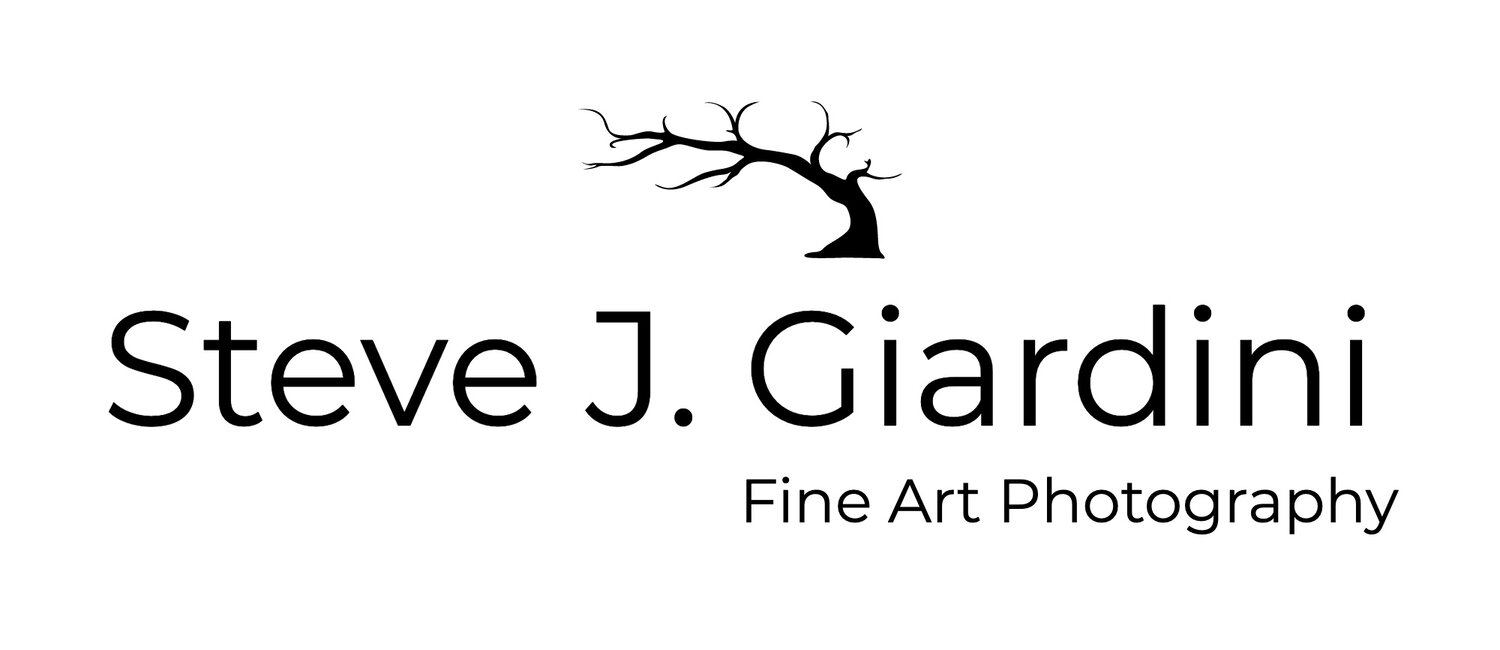Finding The Sweet Spot
“The most valuable personality traits for photographers are patience and humor. The most troublesome are perfectionism and procrastination.” Brooks Jensen, LensWork, March 2024
Perfection versus settling for good enough is one of the topics Adam Grant explores in his book Hidden Potential, The Science of Achieving Great Things. In the chapter, The Imperfectionists, Finding the Sweet Spot between Flawed and Flawless, Grant tells the story of an award-winning Japanese architect, Tadao Ando.
Ando strives for perfection. His primary objective is to design and build earthquake-proof buildings. He is unwilling to modify a design if it compromises this objective. He understands this approach can be a double-edged sword. To stay true to the primary goal, he knows he must be willing to accept good enough for non-essential project elements like aesthetics and comfort. Therefore, he must find the sweet spot between flawless perfection and acceptable imperfection.
This is more than just a practical strategy. Identifying upfront which elements fit into which category has longer-term practice implications. The approach eliminates the likelihood of abandoning a project in which all elements cannot be perfect. It prevents paralysis by analysis when confronted with competing priorities. And it opens the door to taking risks that might otherwise be sidestepped for fear of failure.
But settling for good enough is tough for someone with perfectionist tendencies. So, how do you reconcile the sweet spot?
You may be wondering what this has to do with photography.
Recently, during a computer hard drive reshuffle, I had reason to review some of my old portfolio images. The photos were all five-plus years old. They seemed rudimentary and conceptually very objective. My first thought was to discard them. They are flawed and imperfect and don’t meet my now acceptable standard.
When I created these images, the goal was to create flawless photos. The idea of compromising or settling for good enough never crossed my mind. Ignorance is bliss. In retrospect, recognizing that the process and images were flawed would have been helpful. Ultimately, my naïveté saved me from the hard decision of prioritizing what must be perfect and what could be acceptably flawed. But now I know. No longer can I point to a lack of experience, skill, or knowledge as an excuse. It is time to up my game.
Another topic Grant discusses in his book is the concept of The Perfection Spiral. The idea goes like this: When a perfectionist tries something new and fails, the new thing is not repeated for fear of another failure. Consequently, the perfectionist’s comfort zone circle becomes smaller. It happens again, and the circle becomes even smaller. You can see where this is going. The comfort zone circle becomes a dot if perfection is the only acceptable outcome! Eventually, perfection itself becomes mute.
Discarding the goal of achieving perfection is not the point. The key for the perfectionist is to identify the sweet spot. What imperfections are tolerable without compromising the primary objective? What imperfections are tolerable without stifling experimentation and risk-taking?
Unlike Ando, my search for the sweet spot does not have life-or-death consequences. Nonetheless, the quest will impact how I practice photography in the future. I want to move forward even if parts of a project or an idea cannot be executed flawlessly. Moreover, failure is not an excuse to capitulate or abandon risk-taking altogether.
After Ando designed and built thirty-five buildings, it happened. In 1995, a large earthquake shook Kobe, Japan, a town on Osaka Bay, the place Ando calls home. Two hundred thousand structures collapsed, and six thousand people were killed. None of Ando’s buildings were damaged.
Thank you for your interest and support.
Cheers
Steve
Tumalo Creek Pond 23170NWHX2DC_5x4, Tumalo Creek, Bend, Oregon, 2023



